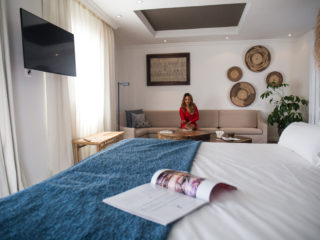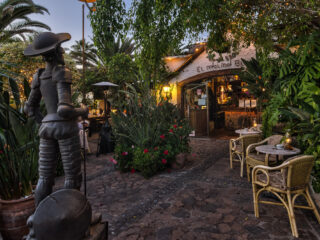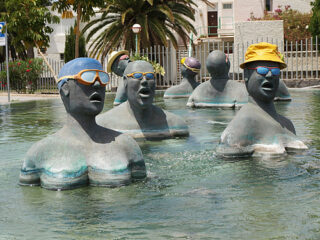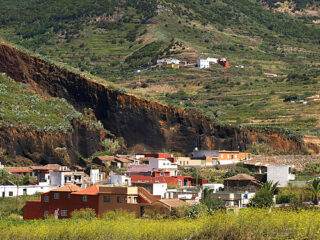Tenerife Magazine’s round up of some of the most interesting news stories of the week in Tenerife.
Speed Limits to Return to 120 km/h
This week the Spanish Government decided to end the temporary reduction regarding speed limits on the country’s motorways. A reduced 110 km/h limit was introduced in March in an attempt to save fuel costs caused by unrest and rising oil prices in the Middle East. With the price of oil now much lower than in March and indications that it will continue to fall, the government felt that there was no justification in continuing with a policy that had been viewed by many as flawed in the first place. The decision to revert to 120km/h from 1st July was met with approval by auto-mobile associations and with disappointment by environmental groups who believed that the lower limit had helped save fuel and reduce CO2 emissions. However, there are so many claims and counter claims, that it’s almost impossible to tell if the exercise was a complete folly or not.
La Laguna ““ Drawing in Visitors Again
Signs that more and more visitors to Tenerife are demonstrating a wider interest in the island as a whole were reinforced by La Laguna Council’s claims that statistical evidence show a marked increase in visitors to the area. If the trend continues, visitors to the UNESCO World Heritage Site in 2011 should exceed all previous years” figures. The former capital of Tenerife, alongside Santa Cruz, is home to the greatest concentration of the island’s residents, yet is still somewhat off the beaten tourist trail. Ironically there were more hotels in the city 150 years ago that there are now.
New Ferry Route to Fuerteventura
Hopping between the Canary Islands is about to be made a little bit easier with the introduction of a new ferry route linking Santa Cruz de Tenerife with Fuerteventura. The Transmediterránea ferry route begins on the 30th June and sails from Santa Cruz to Las Palmas in Gran Canaria and then on to Morro Jable in Fuerteventura. Prices are around a very reasonable €20 return for residents, but there’s a down side; the crossing takes nearly 9 hours.
And finally the TIT (This Is Tenerife) of the week award goes to…The Allocation of FM Licences in the Canary Islands
The Government’s approach to awarding licences to radio stations has angered and bewildered a number of popular Tenerife radio stations.
As we understand it, no English language radio station on Tenerife has been awarded a licence to broadcast, prompting accusations that the Canarian Government was discriminating against foreign residents and that some political parties had broken pre-election promises.
Some Canarian radio stations, who’d come under the same cosh, saw things from a different angle, claiming that many local radio stations, irrespective of nationality, had been discriminated against. If the information reported in the Spanish press is correct, it would seem to back up this position.
Out of 156 frequencies only 38% were awarded to Canary based stations. Most were awarded to what the Spanish press referred to as ‘foreign” companies, many of whom had no previous track record of working in the Canary Islands. What ‘foreign” means is unclear, but it definitely isn’t English or German speaking stations on Tenerife.
If it turns out that there won’t be any English language stations broadcasting on Tenerife it does beg the question how much importance do the current politicians in power put on the needs of Tenerife’s sizeable English speaking ex-pat population?








